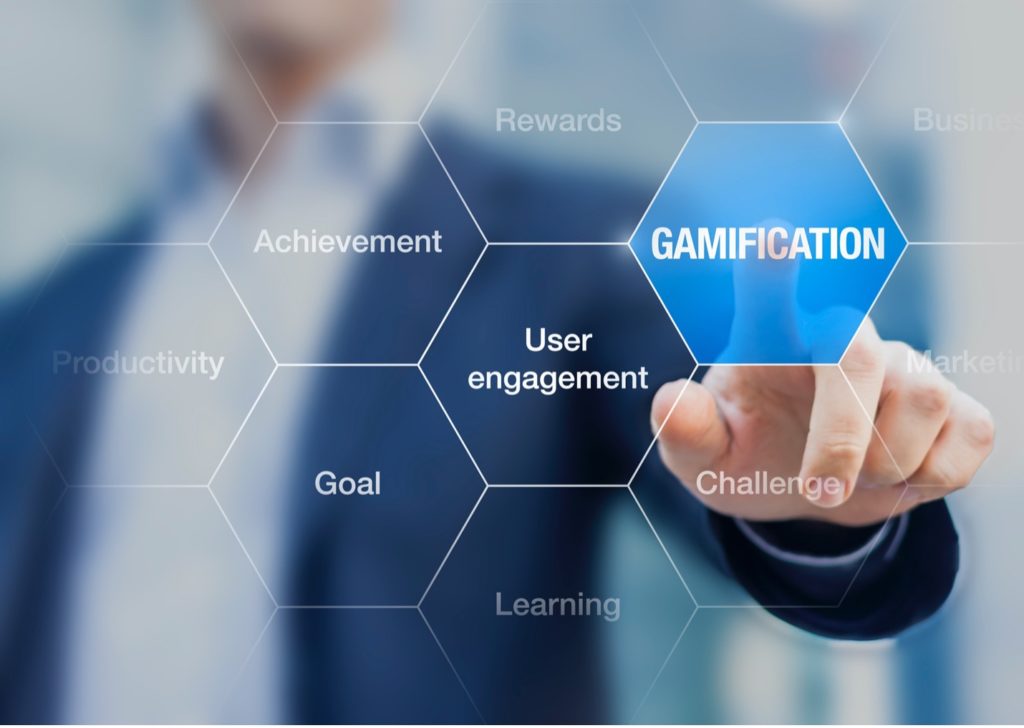[ad_1]
‘Gamification’ is a word you may have seen appearing more and more across both business and entertainment. But what does it mean – and where is it used? Is this all about playing games or achieving high scores? What’s in it for you?
Gamification is a common form of engagement that’s grown massively over the past decade. Let’s dive in and look at how it’s used and how you can use it yourself from day to day.
What exactly is gamification, anyway?
At its simplest definition, gamification is all about turning mundane tasks into fun, achievable targets. In the same way that some console games give you ‘achievements’ for completing specific tasks, this phenomenon has bled into everyday life, too.
For example, some apps – such as Audible – offer you ‘badges’ and rewards for using their services in certain ways. While there may not always be monetary rewards, gamification unlocks a small dopamine hit. We feel like we’ve achieved something by hitting these small targets and milestones.
While they may seem arbitrary, the science works. For example, if you play real money slots at a casino that lets you ‘rank’ up the more you play, you may feel compelled to stick with it. We all love having something to aim for – and sometimes, setting these targets can feel like we’re creating our own games.
That said, structuring gamification has its issues. Many apps and services can struggle to tune in the ‘fun.’ In some cases, gamification may not be appropriate at all! However, it’s also proven to drive brilliant results at work and in everyday life.
How might gamification help you in everyday life?
By gamifying your life, you can make some of the most straightforward, tedious tasks a little more enjoyable. For example, think about how you could inspire yourself to finish washing the dishes. Could you reward yourself for completing a set amount of work, for example?
Gamification for fitness works brilliantly, too. It’s why games such as Wii Fit and Ring Fit Adventure have succeeded massively with home exercise audiences in the past. Wearable tech such as Fitbits and Apple Watches gamify step goals and exercise parameters to help users stay on track.
The danger with gamifying your life is that you may eventually find the rewards you set unsatisfying. You may even find yourself straying off the gamification path completely. That’s why it’s worth setting firm goals to stay accountable and perhaps to get other friends and family members in on the fun.
Is gamification the future of engagement for apps and services?
Gamification certainly has a place in modern user engagement. It’s also an excellent option for setting your own goals and targets across your daily routines. However, it is not always appropriate or even achievable!
For example, if you work remotely and want to know how to boost productivity, it may be a good framework to start from. However, always be sure to look at a range of tools and concepts to see what works best for your needs!
[ad_2]

